Indices Unit & Extension Activities (BHS Weeks 4-7: Year 10 Maths)
In this unit I wanted to try and experiment a little with differentiation. Providing different activities for students to choose from, to allow each student to choose an approach more suitable to them. Overall I think it went well, but with plenty of room for improvement none-the-less. There was too much dead time at points where certain students ran out of things to do, etc. Particularly the students who where ahead in terms of material, yet not very engaged with the extension activities.
Intro
I began the unit in a very traditional way, introducing the index laws, discussing how indices are a way of writing multiple multiplication in the same way that multiplication is a way to write multiple addition, etc. I gave them some basic worksheets writing out indices as multiple multiplications and then canceling things on the top and bottom of fractions in order to simplify, those kinds of things to give them a little intuition for where the index laws come from. I then gave them some more difficult “Simplify” type questions,in a practice test format as they knew the assessment item for the unit would be a test on the index laws later on. I provided additional instruction as necessary, for example some revision on adding fractions was needed, etc. and gave them solutions to the practice questions.
Extension Activities
Now this is where things got interesting. The class was very disrupted for several weeks, with multiple student free days and part of the class being away for a week on snow trip. So I didn’t want to continue onto the next topic and leave the students who where away behind. What I did was provide the class with a selection of formative directed investigations and activities for them to choose from. Some of these where a hit, others less so.
Silver Rhombic Dodecahedra
I showed about half the class how to make silver rhombic dodecahedra, which actually led to a really good practice which I later introduced of if a student was feeling overwhelmed with anxiety or needed a break, I would let them go out of the classroom to fold a couple of dodecahedra as a therapeutic break activity, this worked really well for one or two students who really enjoyed the activity, and struggled with some anxiety and depression related issues.
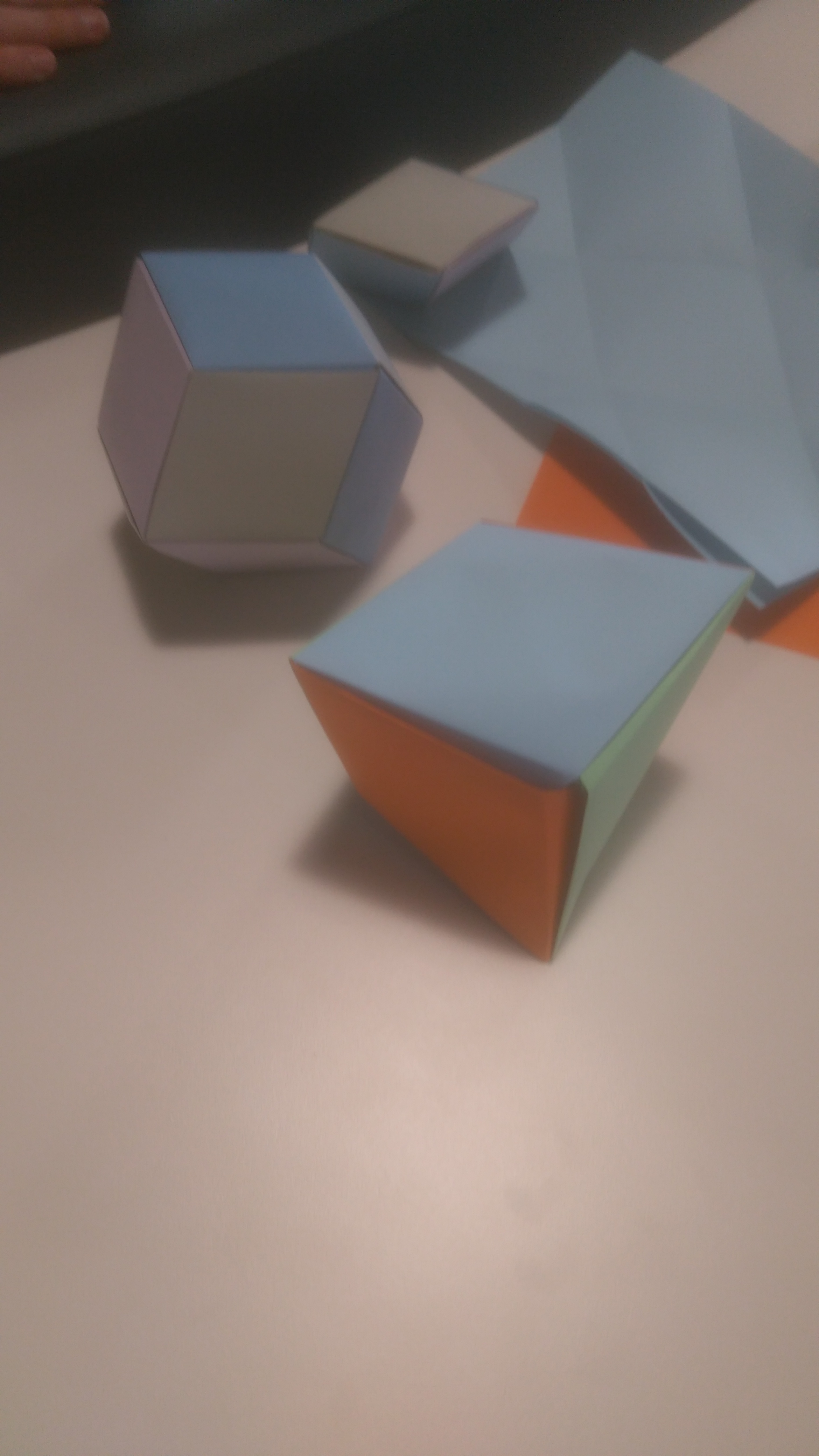
Beyond that, I also used it as a curiosity-generation tool to extend some students, talking about tessellation, other shapes you could make with the same rhombic units, angles, and even a little extension into quadratics (which would be the next topic) using index laws to derive the silver (square root of two) ratio based on the property of A-sized paper having the same ratio when halved. I also challenged the students who wanted to continue making dodecahedra in a later lesson instead of their other work by telling them “You can, so long as you can answer me this: what is the surface area of this shape as a ratio of the area of an A4 sheet of paper?”. They had fun with that one.
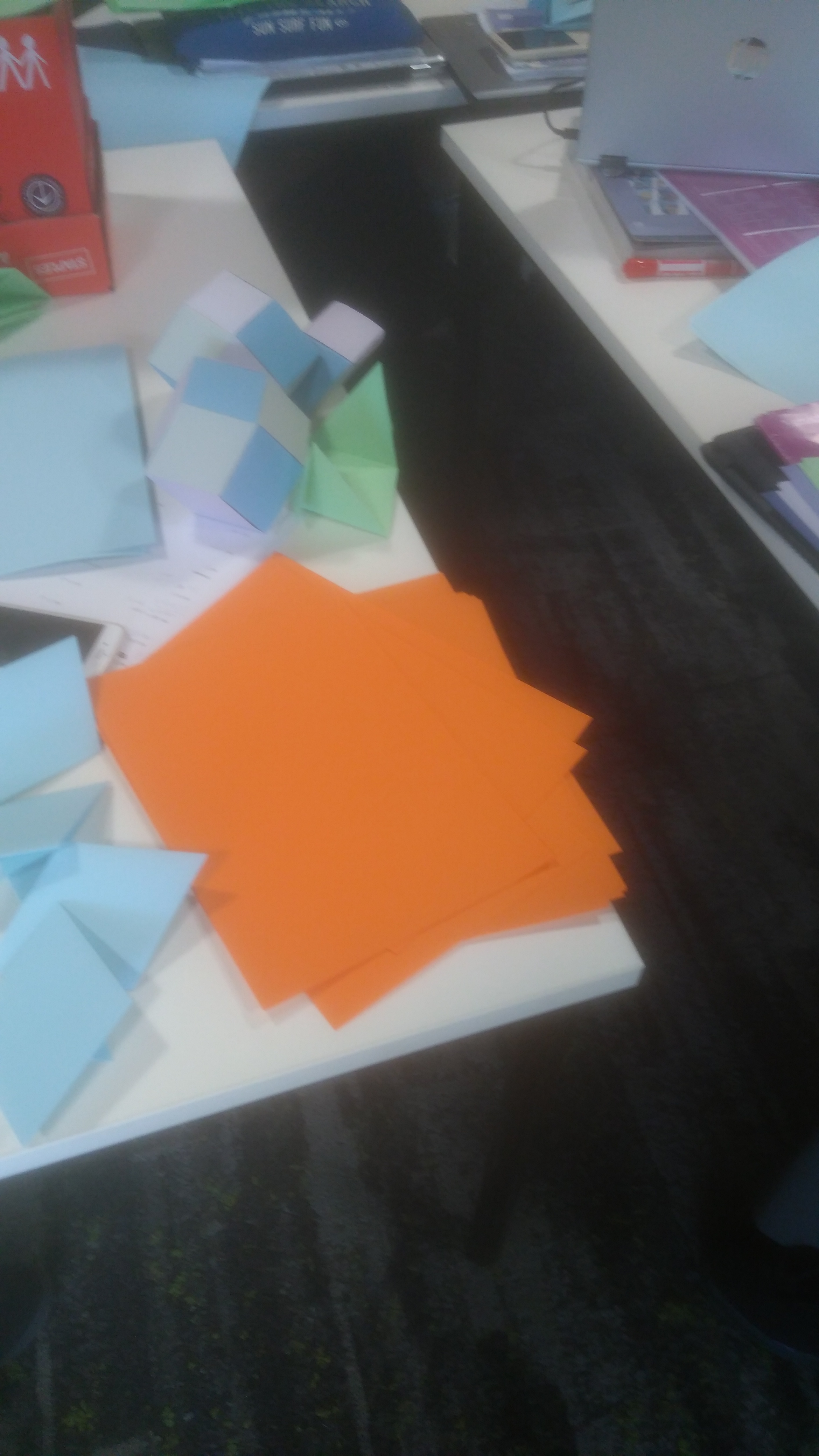
Ultimately we put up the dodecahedra the class made on a shelf for the whole school to see as they walked by, which created a sense of pride in the class as well. Overall this activity was a real hit, easily the biggest success of all the extension activities I trailed in this unit.
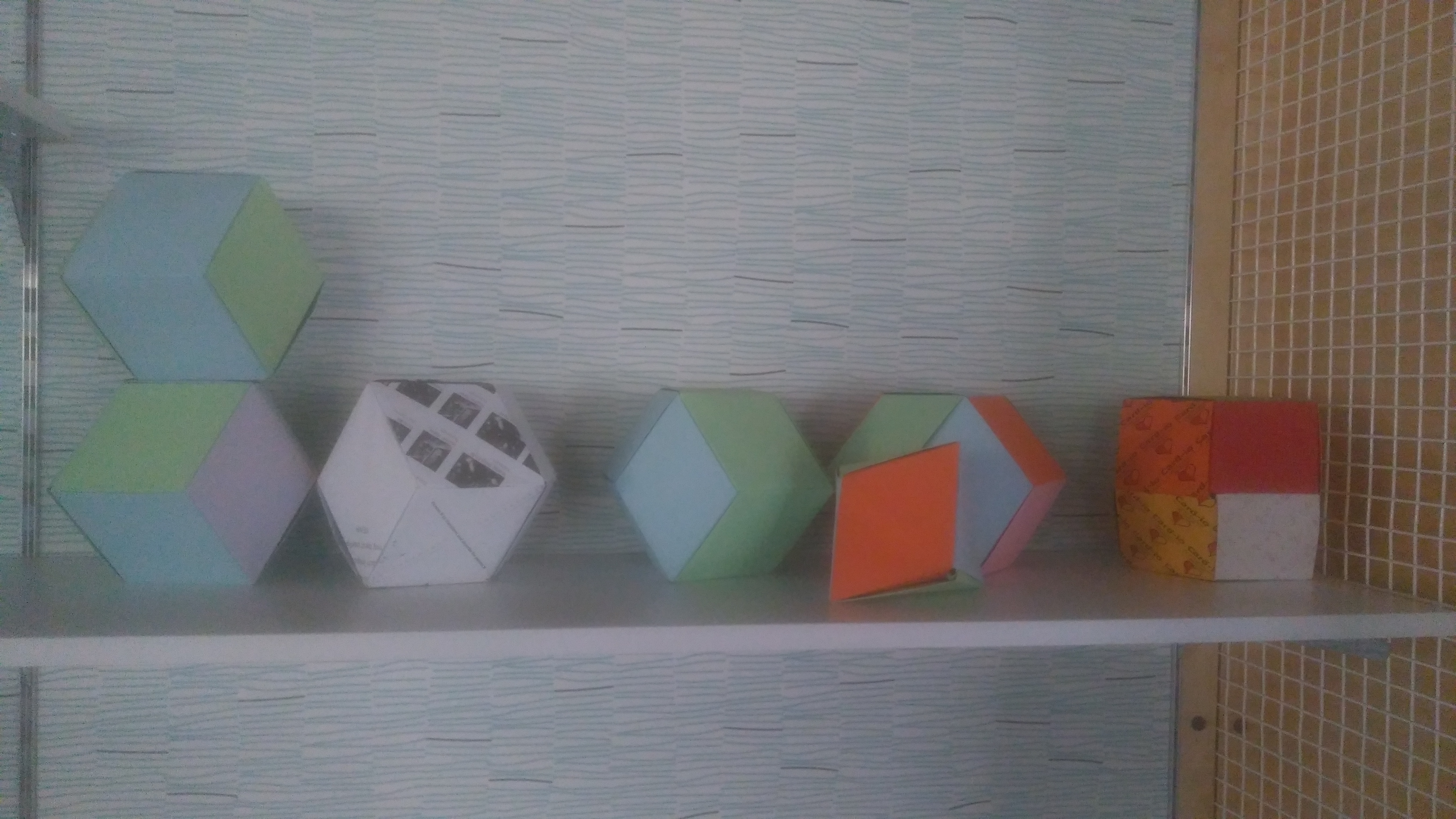
Dice Poker/ Pyramidal Numbers
Dice poker is a gambling game involving dice from a computer game. To a group of the students who where not interested in folding the dodecahedra, I introduced the game, gave them a bunch of dice and allowed them to play. After explaining the different results possible in the game, I challenged them to calculate the probabilities of the various outcomes using index laws, and determine if the ranking of the different results was appropriate based on their relative likelihood.
Ultimately, they did not get very engaged with the activity, but they did do something else as a side product. Because I gave them a bunch of dice to play with they ended up playing with the dice independently of the activity I had intended for them, and anded up making a “dice pyramid” out of sequential squares (1 cube on a 2x2 square on a 3x3 square, etc.) so instead I explained to them the pyramidal numbers (similar concept but with triangular bases), and challenged them to find a formula for the number of dice in a pyramid of height n layers. This engaged them a little more, and they spent a little time working on this so that was good.
Fractals DI.
I also wrote up a formative directed investigation on fractals I thought was really cool, and ultimately would lead me to write some pretty cool questions for the assessment items for the unit. Nobody took it quite to completion, especially after I had to answer questions along the lines of “will this count towards my assessment?” honestly, but a few students, with a little nudge from me, did get into and realise how cool and interesting it was. One student in particular, actually came up with an explanation/ construction of the Koch Snowflake I had never seen before, which was very exciting:
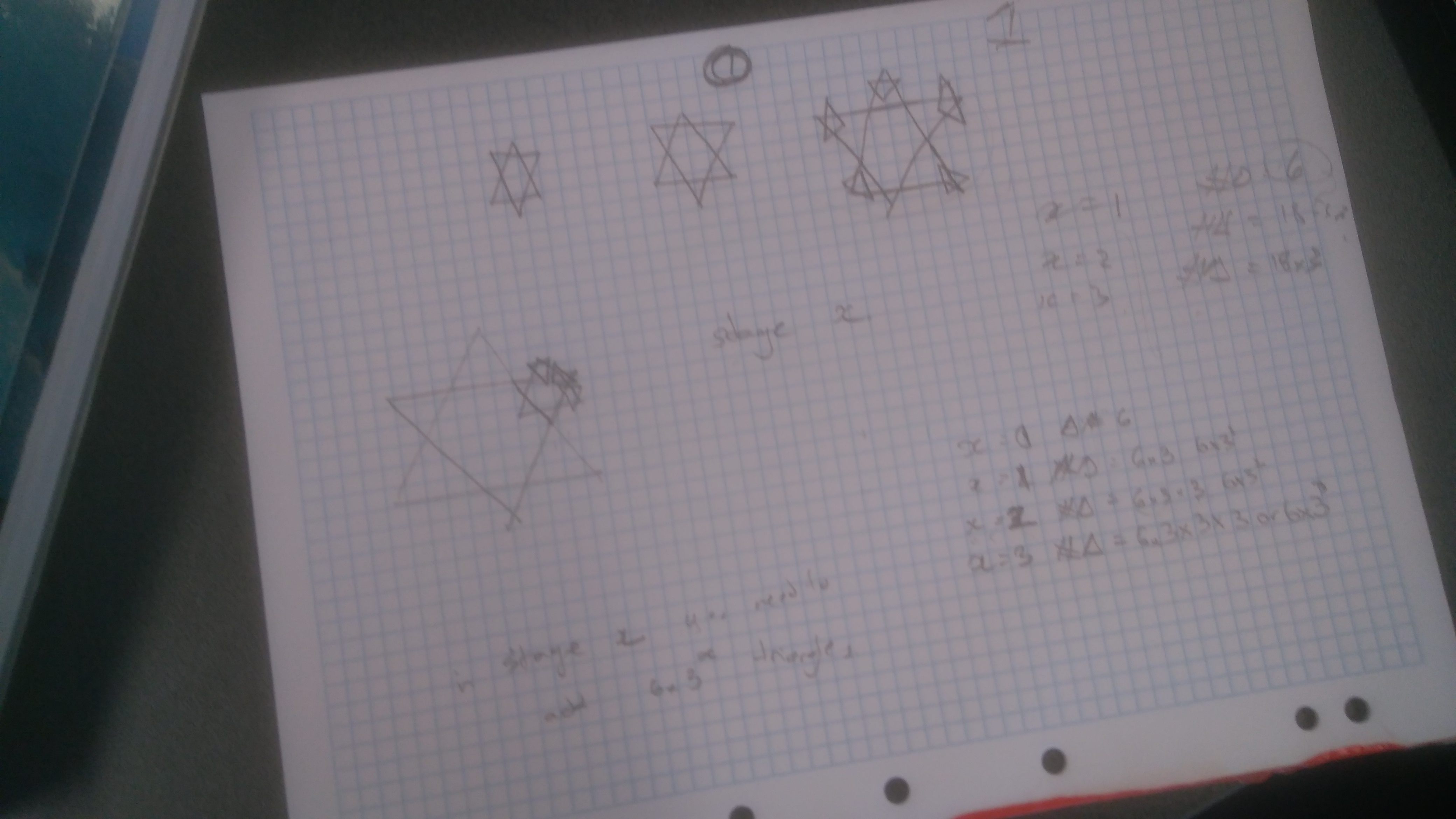
Assessment
Ultimately, once all the students where back from snow trip and such though, we did need to deliver an assessment item. So after a lesson or two catching those students who where away, giving them a chance to revise for the assessment SAT and write reference sheets with the index laws on them, we gave them an assessment item. However after consultation with my mentor teacher we decided to give them a choice of two assessment items to do. In a double lesson, they could either do a single-lesson test under ordinary test conditions, and then once they where done they could continue working on an extension activity of their choice. Or they could opt to do an in-class directed investigation style assessment, in which case they would still have to do it individually without discussion, but they would be allowed access to the internet and any other external resources they might need (essentially, an open book style test), and they would have the entire double to complete it.
All the assessment items I delivered to them are available:
- the test,
- the directed investigation,
- the source files (for the test and the directed investigation), as well as the image I used of the fractal carpet.
Once these assessments where completed I marked them, gave the students feedback, and reported on their results in collaboration with my mentor teacher who helped me with a little internal moderation to make sure I had benchmarked my grading. What follow are student work samples:
Test
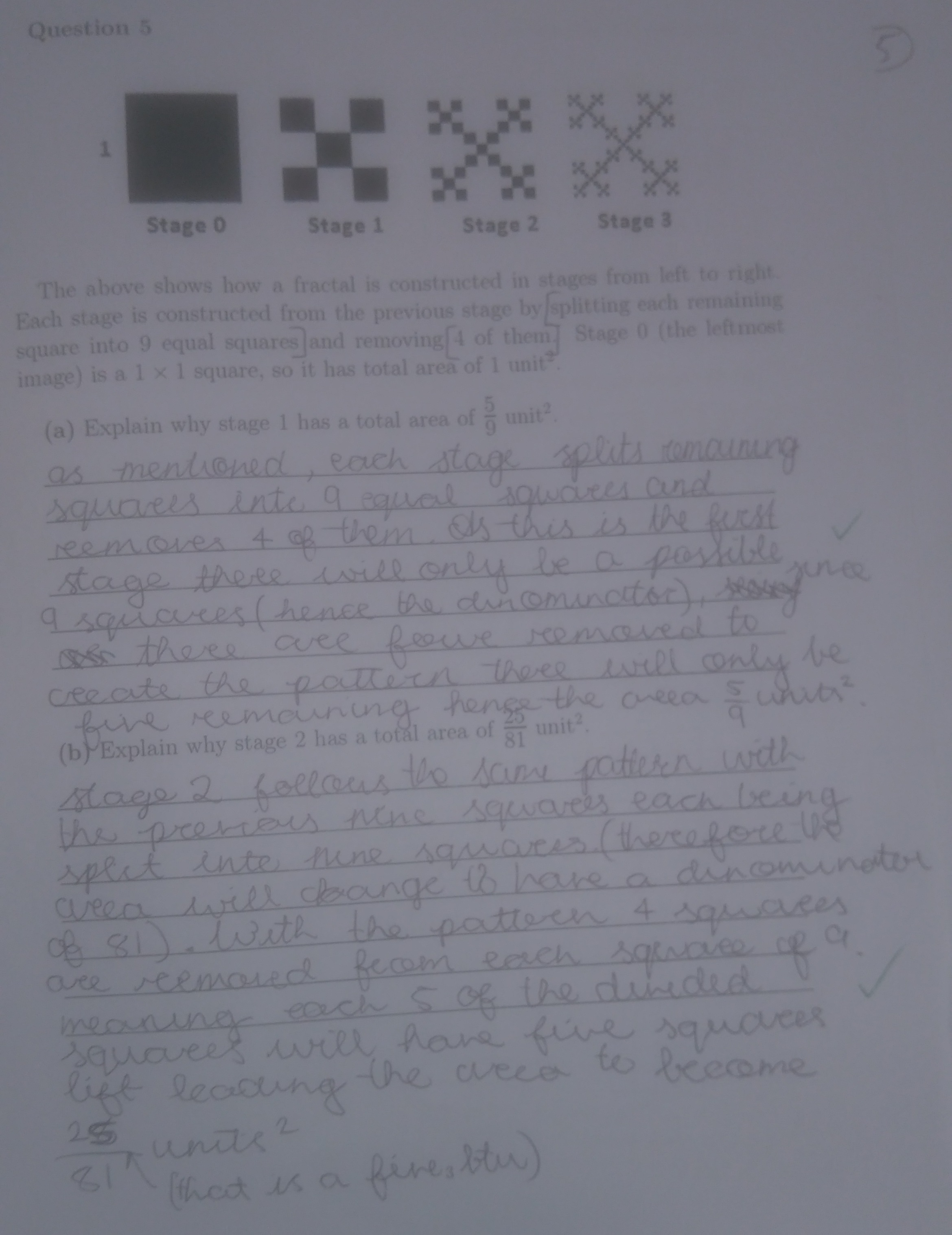
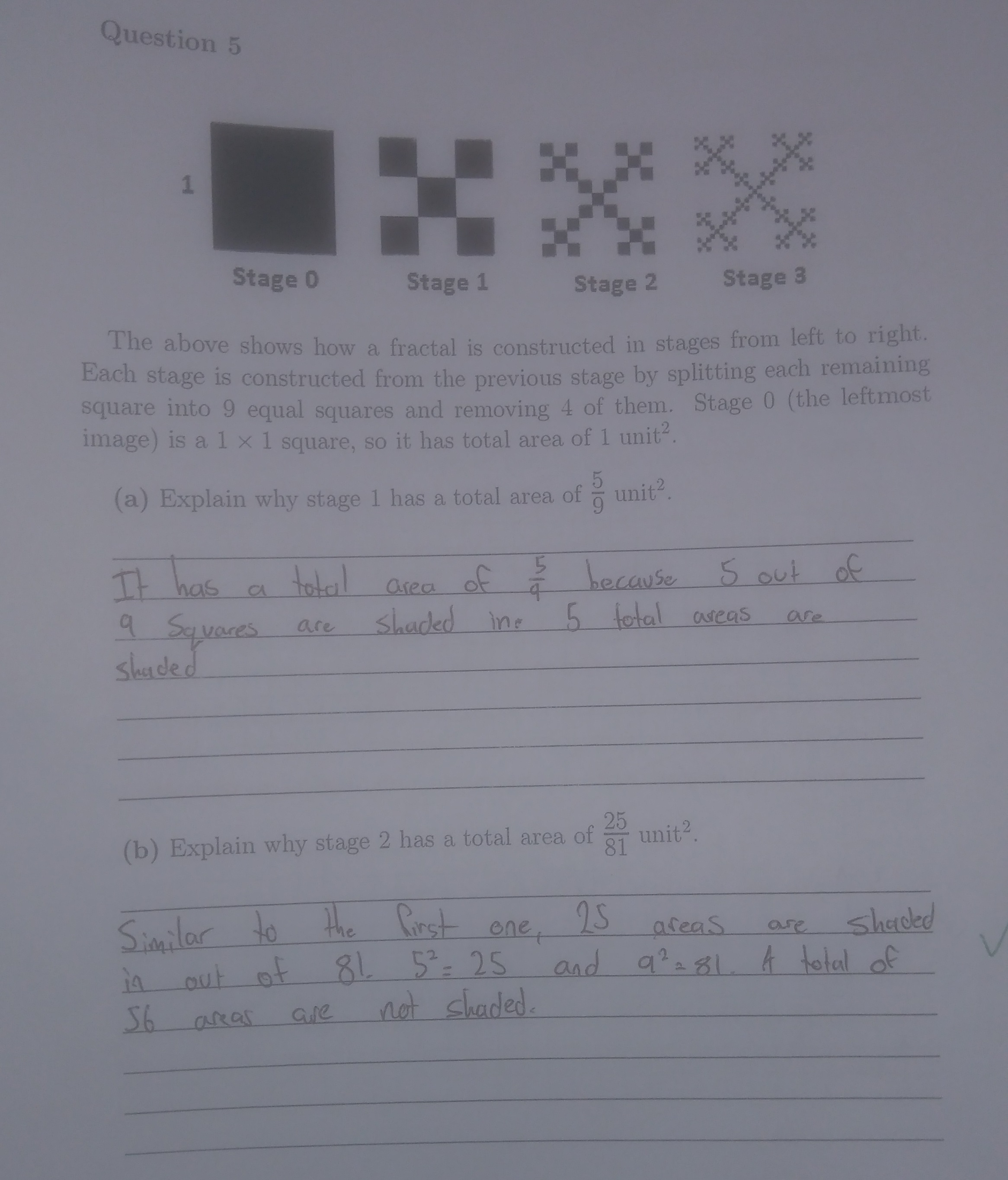
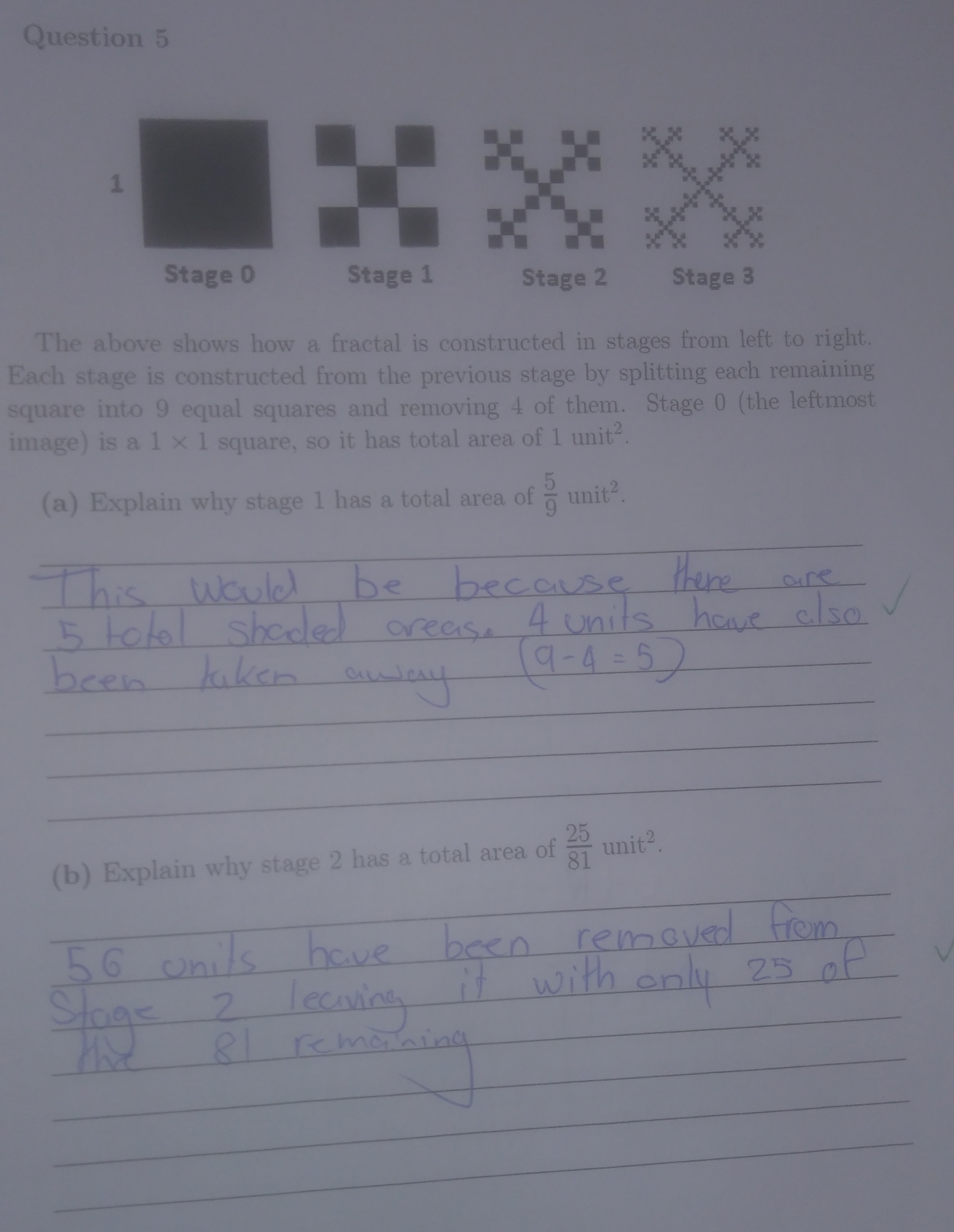
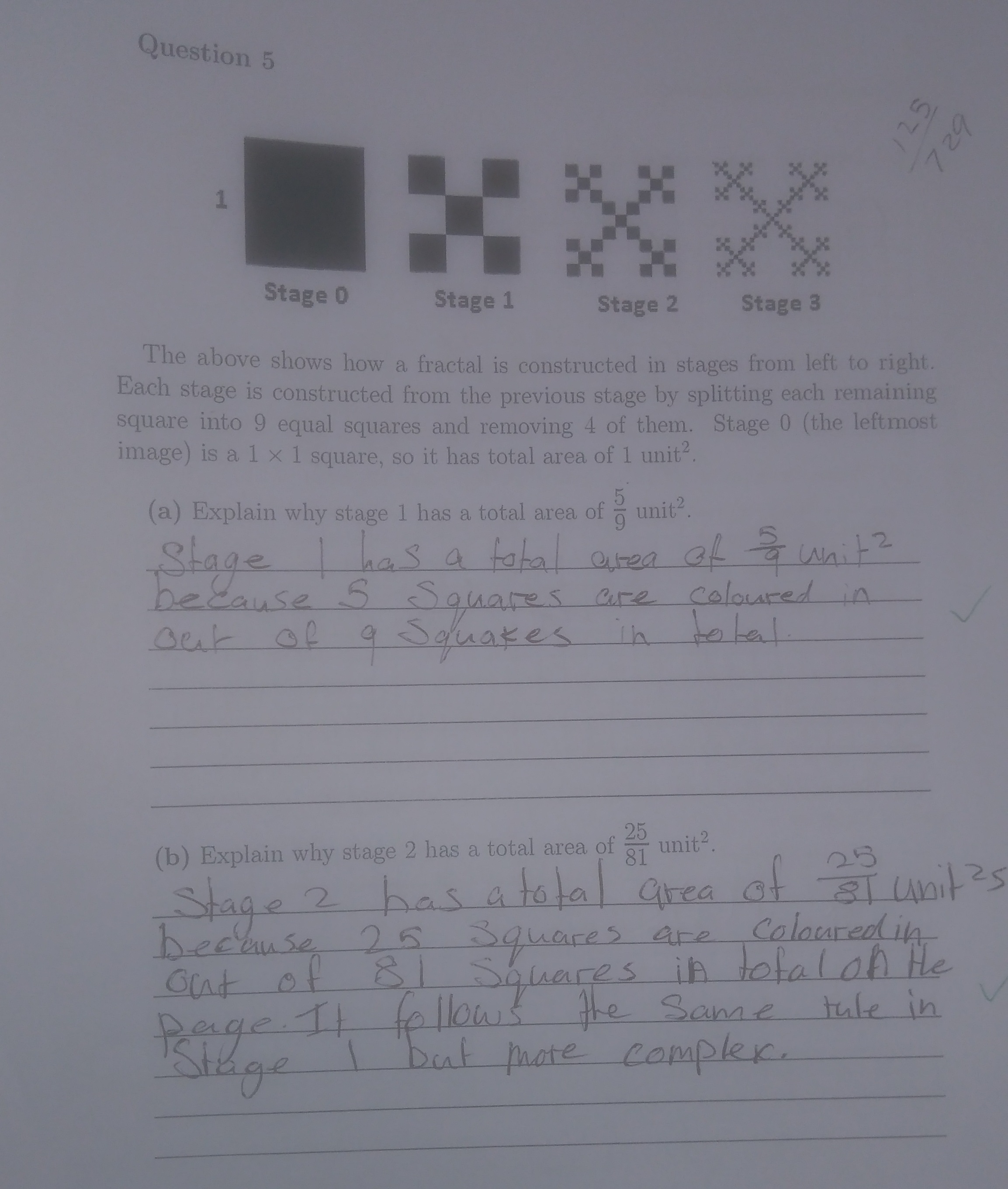
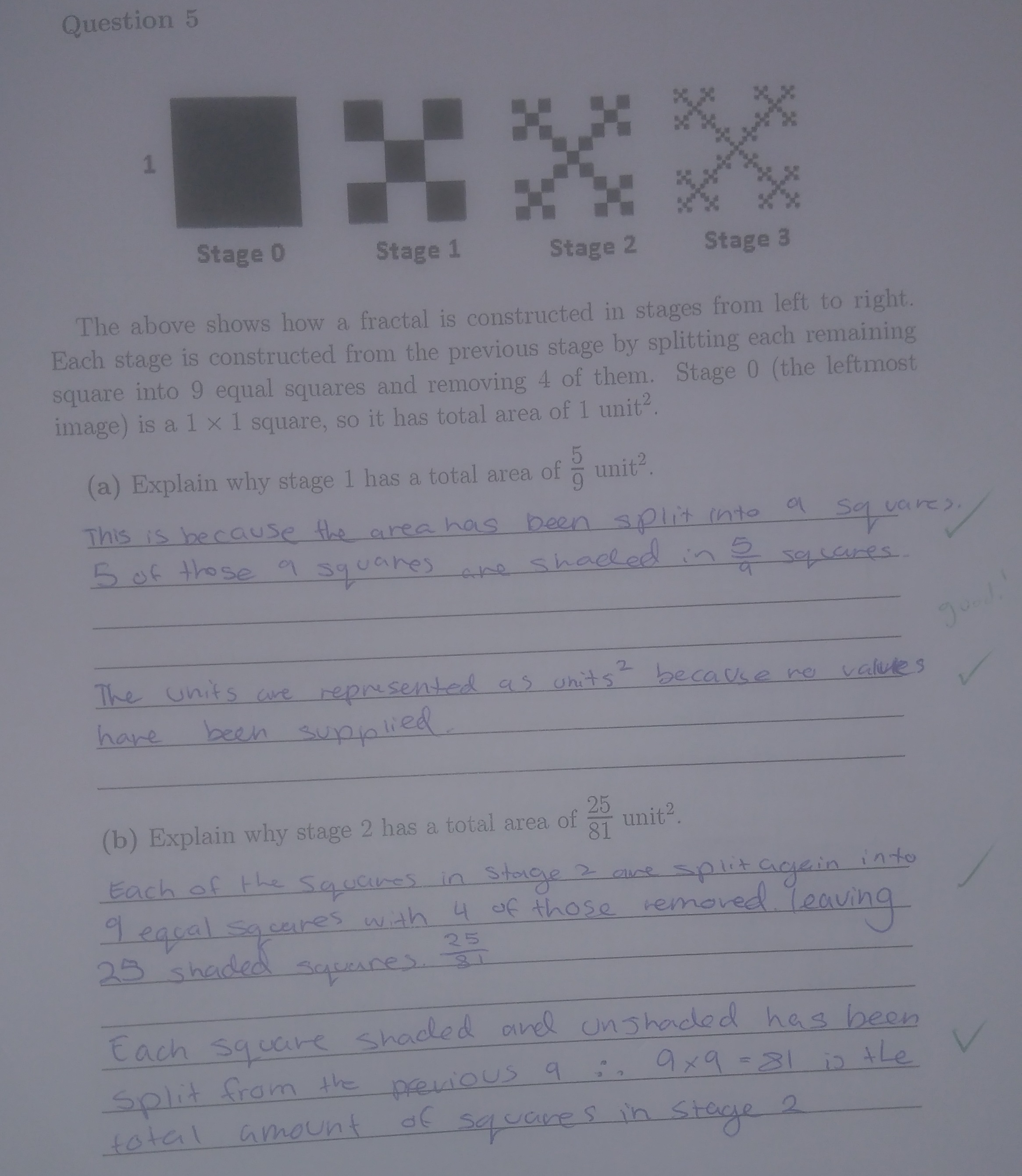

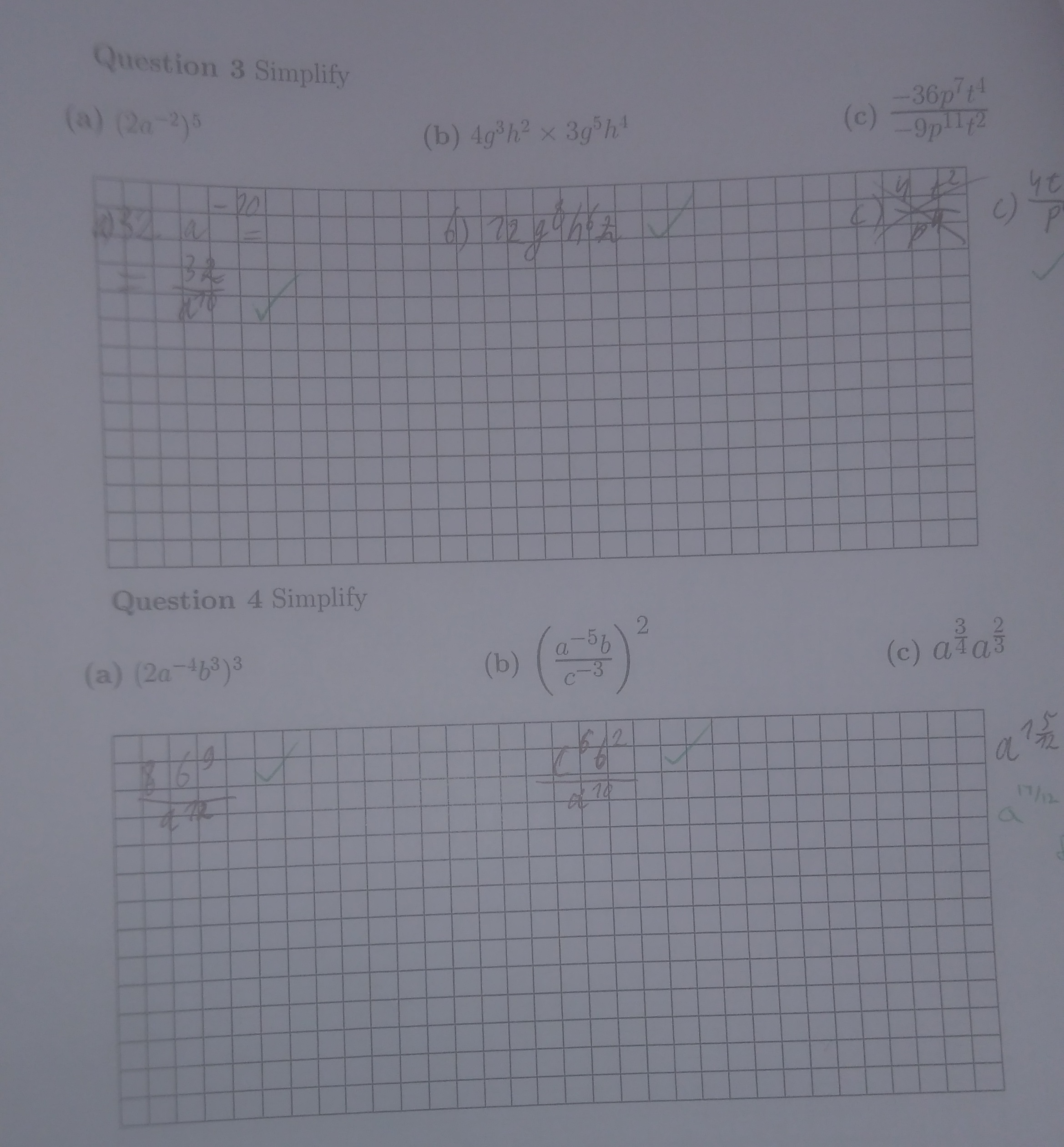
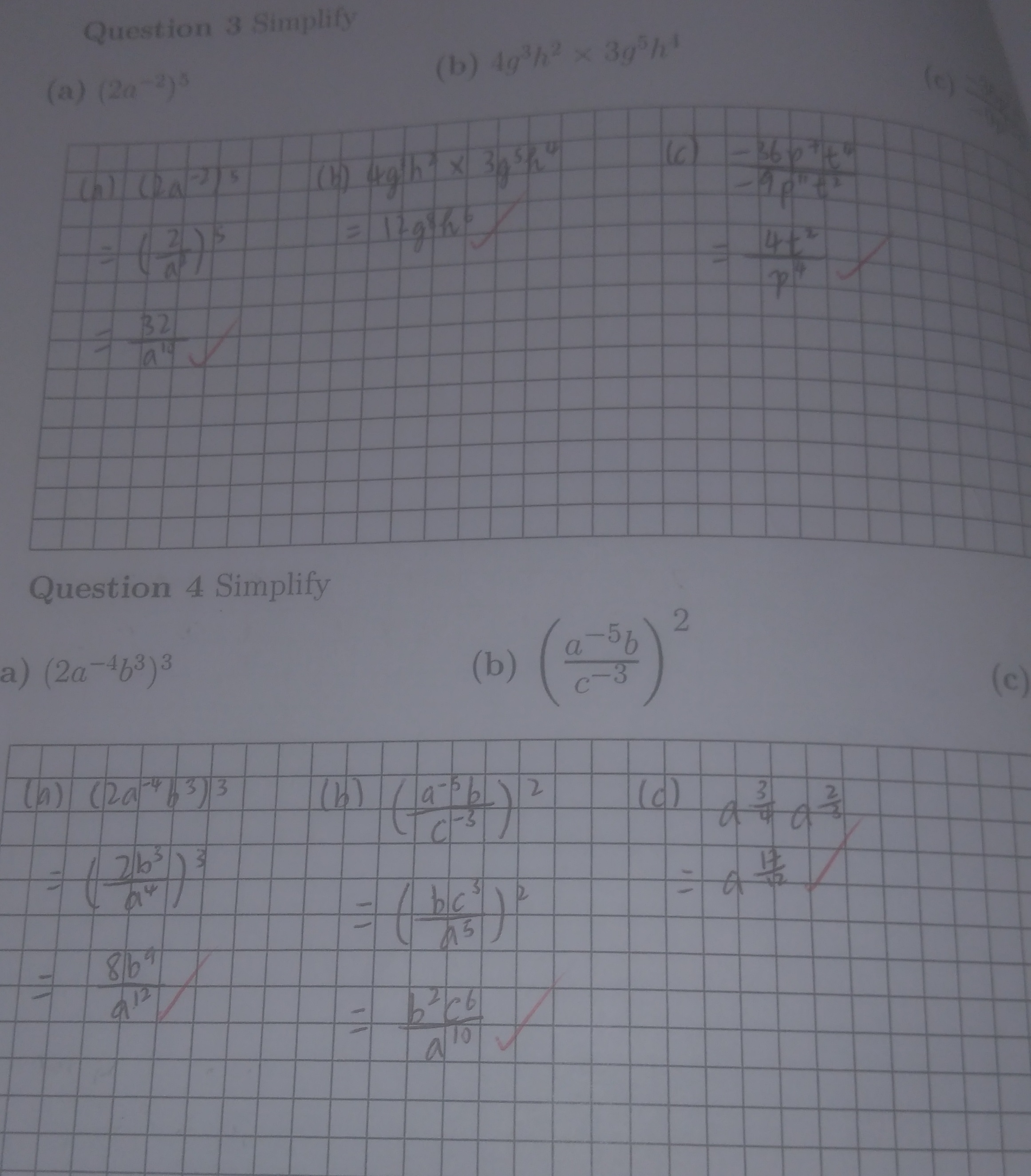
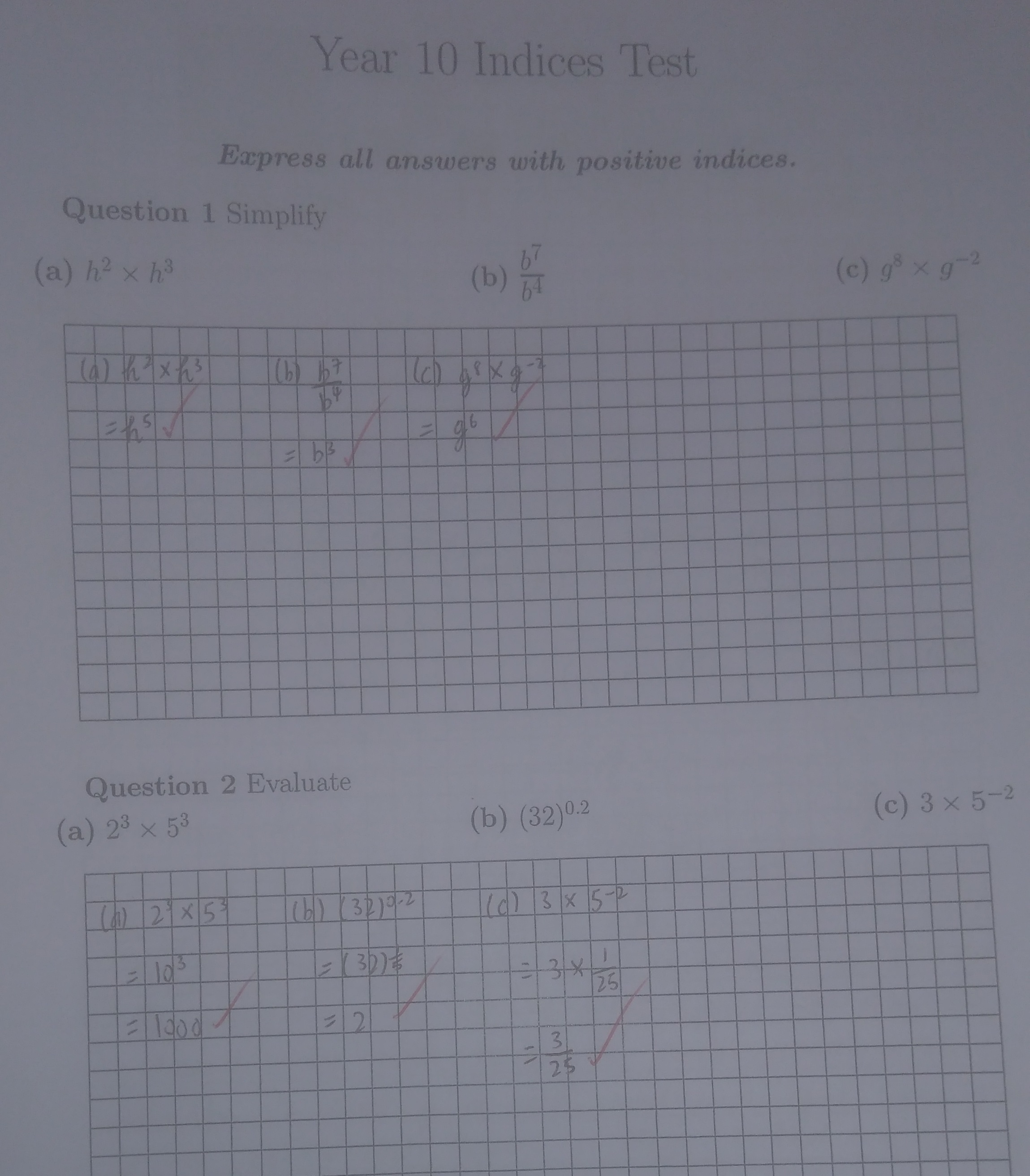
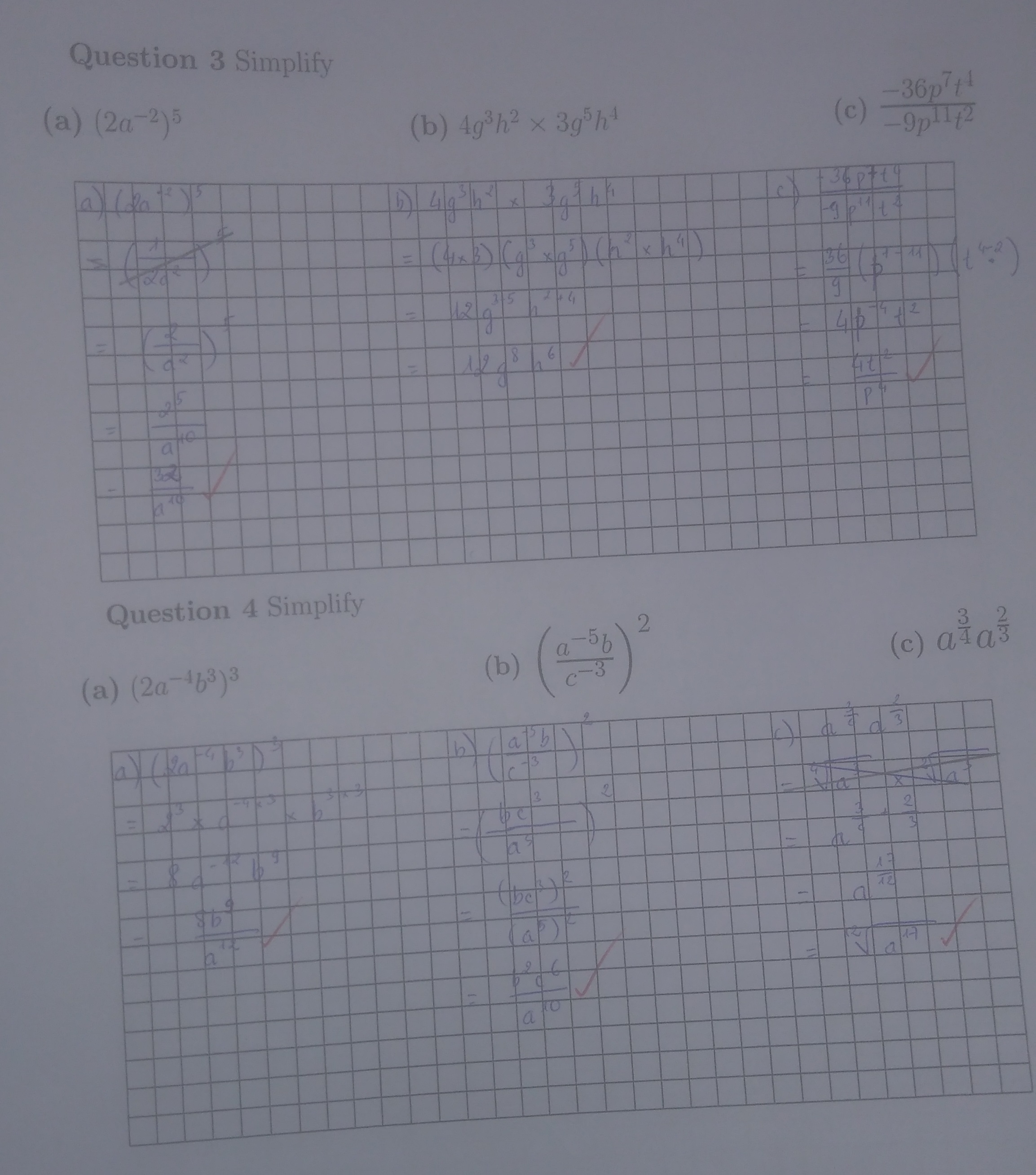
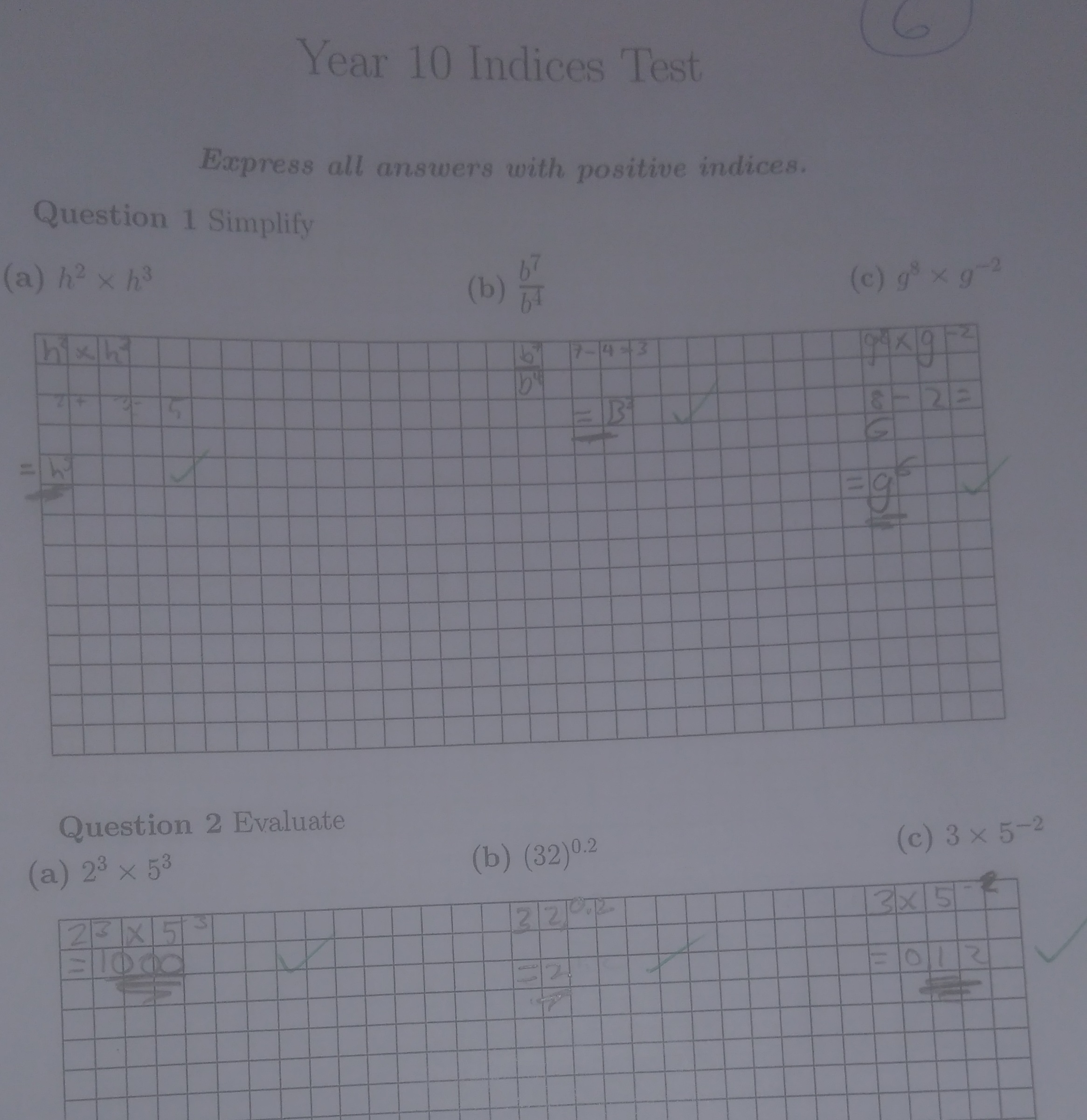
Investigation





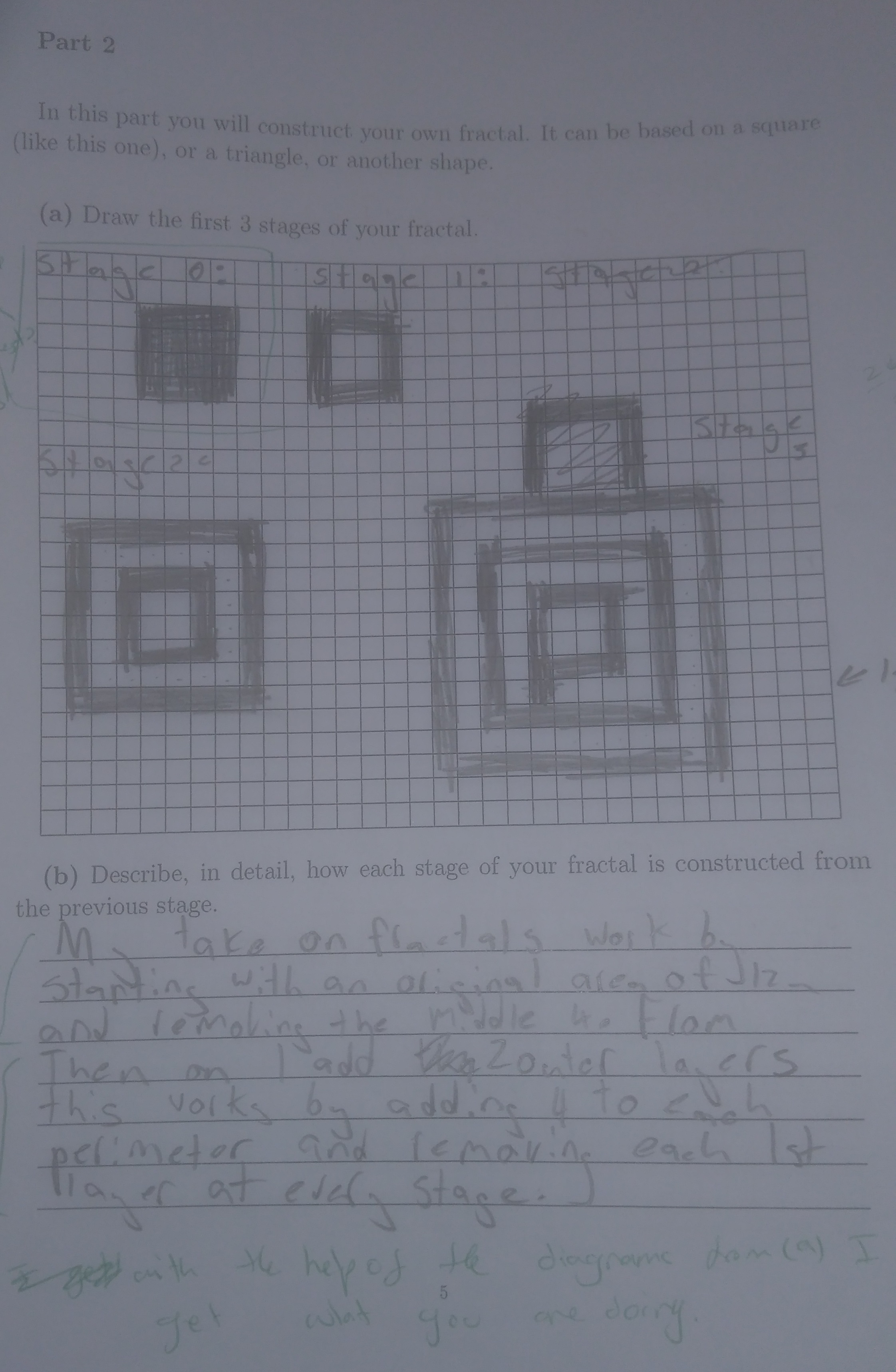
Feedback
What follows is the anonymised feedback and grades I reported back through Daymap jointly to the students and parents:
 About Me
About Me